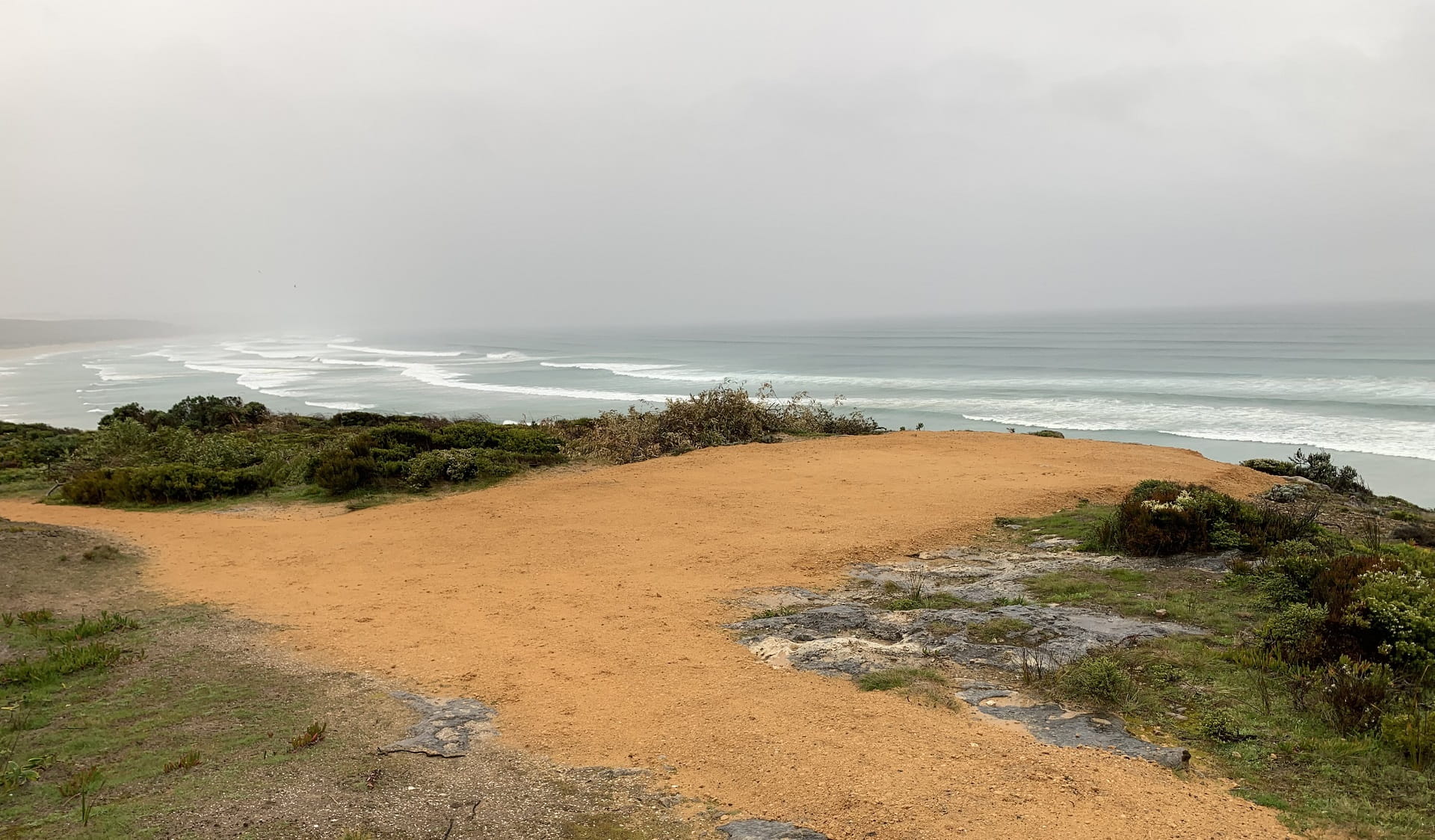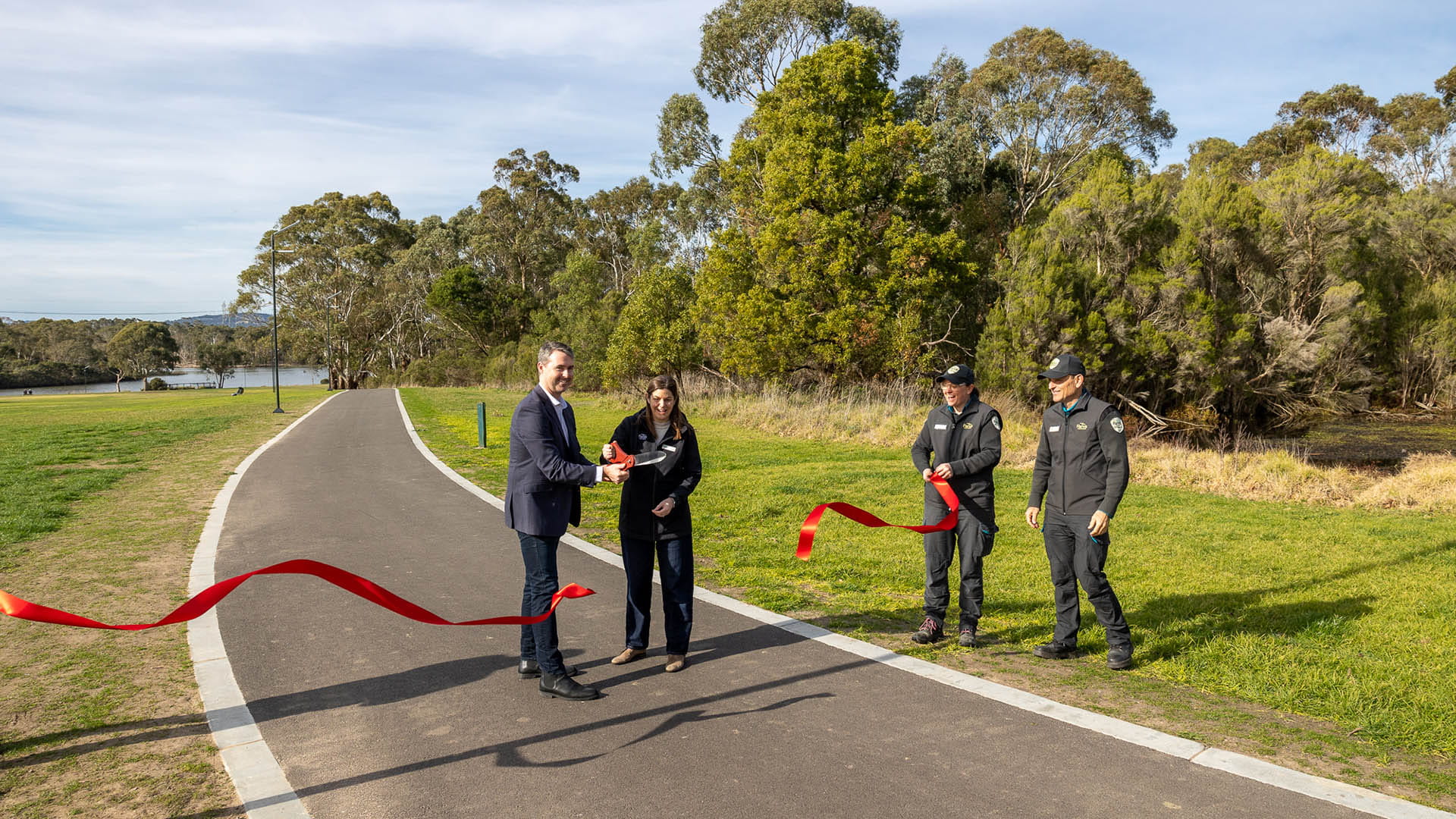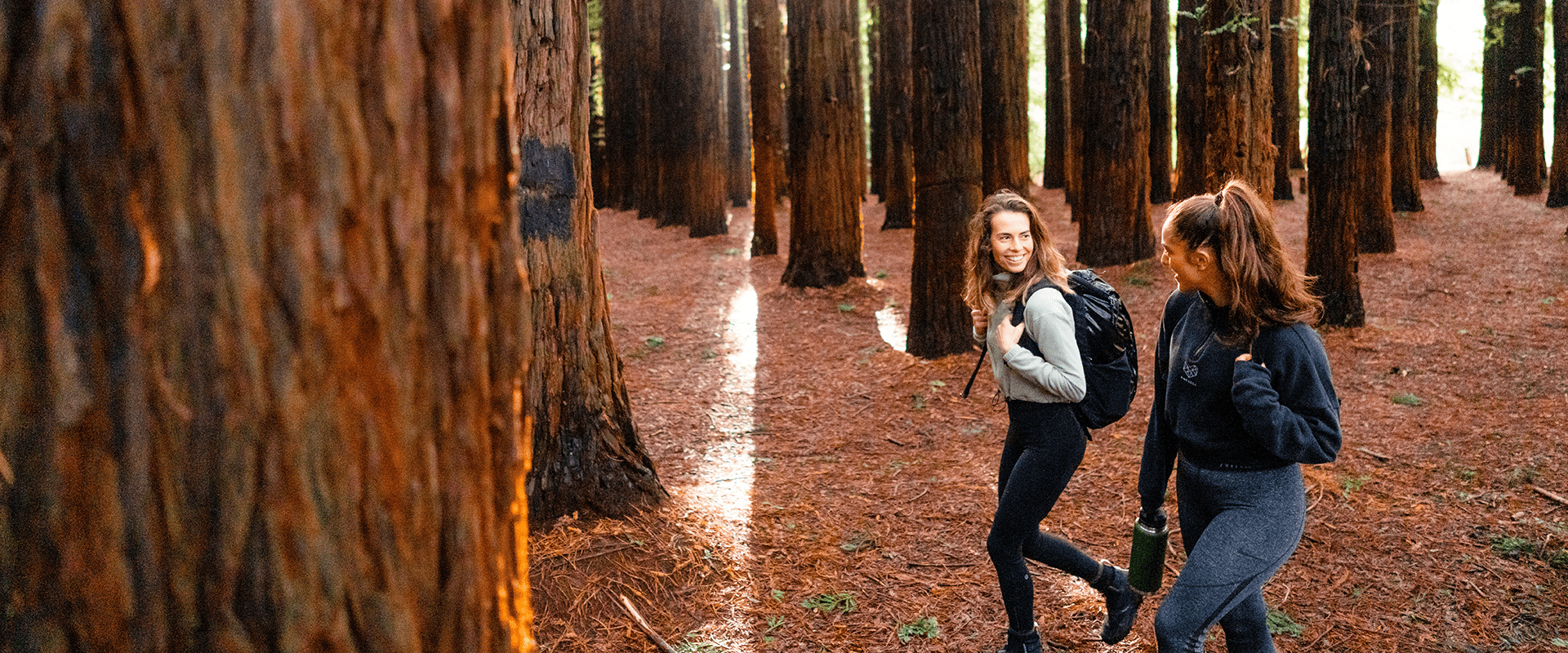Lifejacket trial for rock fishers
Friday 25 February, 2022
A two-year trial of new laws that require rock fishers to wear a lifejacket at high-risk locations will commence on 1 March 2022.
The locations include the following areas managed by Parks Victoria:
Yallock-Bulluk Marine and Coastal Park
• Rocks at the southern end of Potters Hill Road, San Remo
• Punchbowl Rocks near San Remo
Mornington Peninsula National Park
• Sorrento Back Beach rocks
• No. 16 beach at Rye back beach
• Bushrangers Bay rocks, east of Cape Schanck
Cape Shanck Lighthouse Reserve
• Cape Schanck lighthouse rocks
Great Otway National Park
• Artillery Rocks, west of Lorne
• The rock platform opposite Sheoak Falls, south of Lorne
Discovery Bay Coastal Park
• Rock platform near blowholes carpark at Cape Bridgewater
Other sites include:
• Pyramid Rocks, Phillip Island.
Lifejackets save lives and will help prevent further rock fishing deaths in Victoria.
Find out more about the trial, including maps of the affected areas, at the Victorian Fisheries Authority website.
They also have some great simple steps you can follow to ensure a safe fishing trip:
1. Prepare
Safe rock fishing is easy, but it requires a bit of planning.
Always monitor the swell, tide and wind conditions for at least three days before heading out.
There are some great websites for this, including the Bureau of Meteorology.
Check your gear. All buckles, zippers and tapes on your lifejacket should be in good working order. If it is inflated by gas, check the cylinder.
Organise a friend or two to go with you. Rock fishing is better with a friend and if you get into trouble, there will be someone there to call 000 or go get help.
Work out an alternative plan in case you get there, and the conditions aren’t right. This might be another fishing spot, a different activity or simply going home.
2.Observe
Watch the ocean for 30 minutes before you start fishing. Look to see where the waves are breaking and what the tide and current is doing.
If the conditions aren’t safe, try another fishing spot or go home.
Check to see if you have a phone signal in case you need to call for help. If you have no signal, find the nearest spot where you can use your phone.
And plan your escape routes. These might be where you go if you see a large wave coming or a calmer spot where you could get out if you are washed in.
3. Stay alert
It’s important to keep checking weather updates while fishing. Use your phone or listen to the radio.
And always keep an eye out for changing conditions, swells and breaking waves.
It’s easy to take your eye off the water when you are fighting a fish, re-rigging, baiting up or just chatting with friends. One of the simplest things you can do to keep safe, is to face the
water at all times.
4. Always wear a lifejacket
Whether you’re an experienced rock fisher or a beginner, always wear a lifejacket when rock fishing.
A properly fitted and maintained lifejacket will keep you afloat if you end up in the water and will significantly reduce your risk of drowning.
Remember, a lifejacket won’t help you unless you wear it and wear it with all the buckles and straps secured!
Fines apply if you fail to wear a lifejacket at any of the 10 high-risk sites.
Rock fishing also needs the right clothing. Wear cleated shoes or spikes to give you a better grip on the rocks and wear clothing you can easily swim in.




